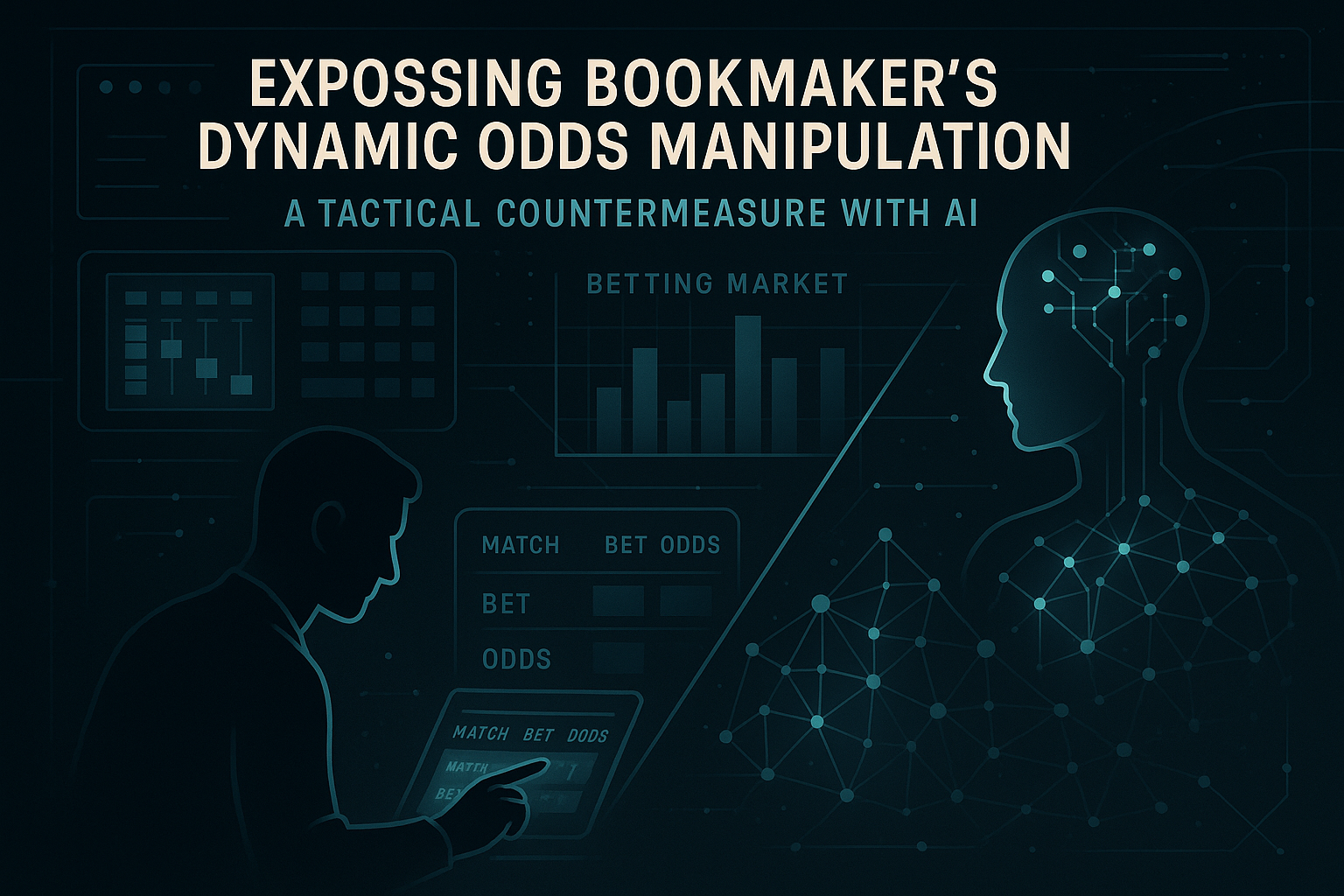The Problem: Exposing Dynamic Odds Manipulation
In the ultra-competitive environment of sports betting, bookmakers are continually adjusting odds to optimize their margins and limit liabilities. One of the most insidious tactics they employ is dynamic odds manipulation, where live betting markets react in real-time to events within games, often in ways that can mislead experienced bettors. This creates a significant challenge for those aiming to secure value bets reliably.
The Mechanism: A Hypothetical Scenario
Imagine a high-stakes football match where the home team unexpectedly scores an early goal. Many bookmakers will react instantly, adjusting their odds to reflect the perceived likelihood of the home team winning. However, the granularity of these changes can be deceptive. Some bookmakers may tighten the odds to trap bettors into believing there’s no value left in backing the equalizer or an upset, even when the game dynamics suggest otherwise.
For instance, if the adjusted odds imply a 70% chance of the home side winning, that number might be artificially inflated due to limited market activity. This manipulation leverages psychological biases, pushing bettors to lay off bets that could still present value.
The Solution: AI-Based Countermeasure
To counter dynamic odds manipulation effectively, bettors can implement AI-driven strategies that monitor market fluctuations and analyze historical performance data. By leveraging machine learning algorithms, it’s possible to create a predictive model that highlights discrepancies between expected and actual outcomes. Such models can trigger alerts when bookmakers attempt to adjust odds in reaction to game events, allowing bettors to capitalize on mispriced lines.
The Strategy: Actionable Framework for Professional Bettors
Here’s a structured approach to counteract dynamic odds manipulation:
- Set Up Real-Time Monitoring: Use automated tools to track live betting odds across multiple bookmakers, setting alerts for significant line movements.
- Analyze Historical Data: Gather historical odds data and game performance metrics to create models that predict how odds should move under specific scenarios.
- Develop a Response Protocol: When you detect an anomaly, quickly analyze the situation using your predictive model and determine whether the adjusted odds still present value.
- Place Informed Bets: If your analysis suggests that the odds are misaligned with the actual probabilities, do not hesitate to place your bets promptly.
By employing these techniques, experienced bettors can transform from being passive participants in the betting ecosystem to proactive investors, minimizing the impact of bookmaker tactics such as dynamic odds manipulation.

